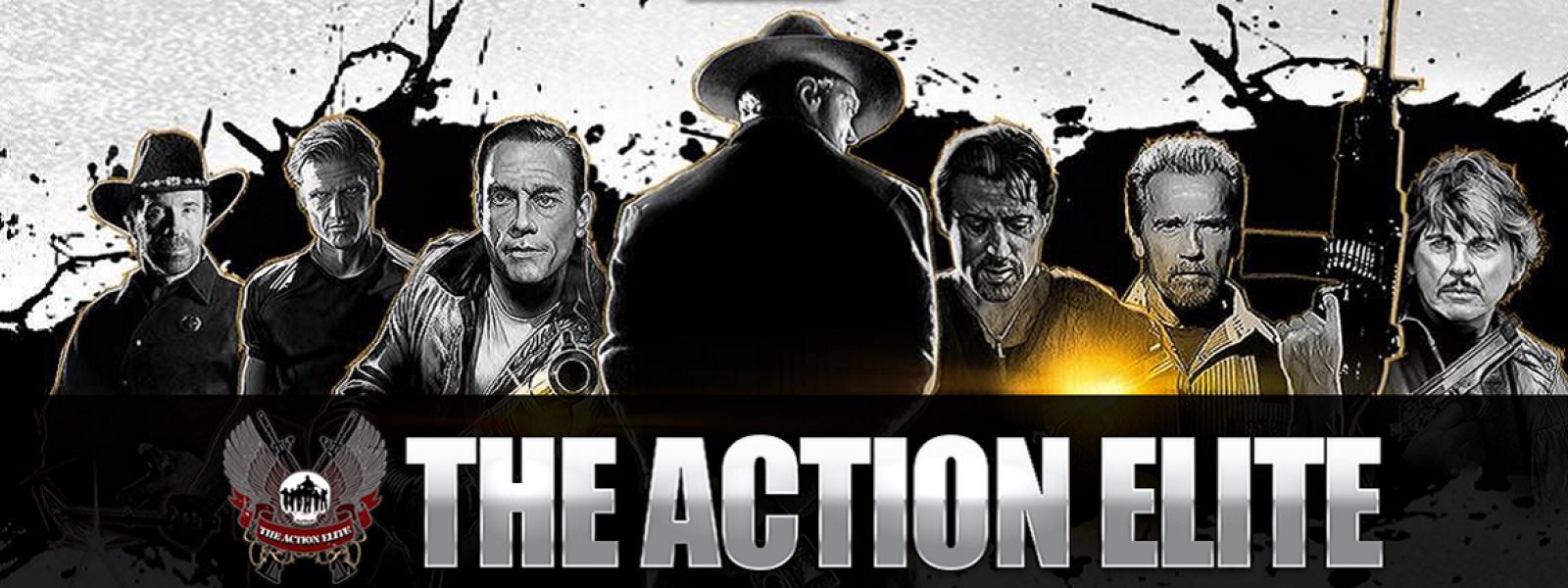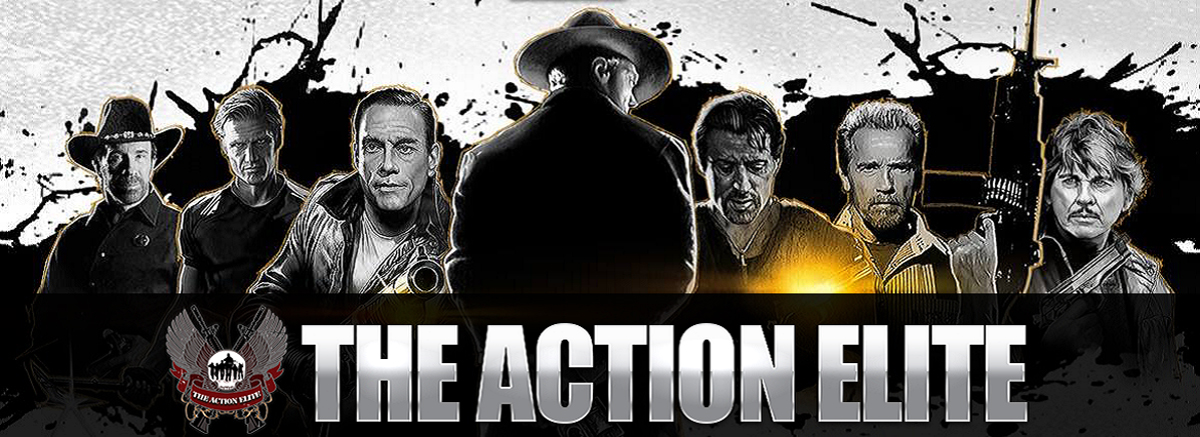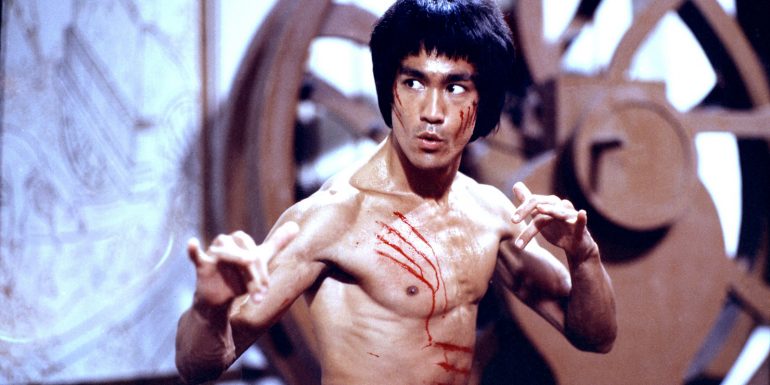The relationship between action movies and real-life combat sports is a fascinating dynamic that has evolved over decades. While action movies have long served as a form of entertainment, they have also played a crucial role in shaping the public’s perception of martial arts and combat sports. Conversely, the rise of combat sports has significantly influenced the realism and intensity of fight scenes in action films. Just as the intensity of action films enhances our viewing experience, exploring new avenues of entertainment, like the aviator online game, can offer a different kind of thrill. This article explores how these two worlds intersect, influencing and enhancing each other in ways that continue to shape both industries.
The Influence of Action Movies on Combat Sports
Action movies have had a profound impact on the world of combat sports, affecting everything from the popularity of certain martial arts styles to the public’s perception of fighting techniques.
Popularization of Martial Arts Styles
Action films have been instrumental in bringing various martial arts styles into the global spotlight. For example, Bruce Lee’s Enter the Dragon was a watershed moment that introduced millions of viewers worldwide to the art of Kung Fu. This exposure not only boosted the popularity of Kung Fu but also led to an increase in the number of martial arts schools and students globally.
Other films have had similar effects. The Matrix trilogy, with its groundbreaking fight choreography, contributed to a surge in interest in Brazilian Jiu-Jitsu and other mixed martial arts (MMA). These films didn’t just entertain; they inspired audiences to seek out training in the martial arts depicted on screen.
Introduction of New Techniques and Training Methods
Movies often introduce new fighting techniques and training regimens that real-life martial artists adopt. The concept of Jeet Kune Do, developed by Bruce Lee and featured prominently in his films, is a prime example. Jeet Kune Do’s emphasis on adaptability and fluidity in combat has since been incorporated into various martial arts disciplines.
Similarly, the tactical training methods showcased in films like John Wick—which include a blend of Judo, Brazilian Jiu-Jitsu, and firearms training—have influenced real-world combat training programs. Many martial artists and self-defense instructors now integrate these techniques into their curriculum, blurring the line between cinematic fiction and practical application.
Shaping Public Perception of Combat Sports
Action movies play a significant role in shaping how the public perceives combat sports. The portrayal of martial arts in films often emphasizes honor, discipline, and skill, which has helped elevate the status of these sports in the eyes of the general public. However, this portrayal can also lead to misconceptions. For instance, the highly stylized fight scenes in many movies may lead audiences to believe that real-life combat is as flashy or choreographed, which is far from the truth.
This dual effect—both elevating and sometimes distorting the perception of martial arts—underscores the power of cinema in influencing public attitudes toward combat sports.
The Influence of Combat Sports on Action Movies
Just as action movies have shaped combat sports, the evolution and popularization of combat sports have had a significant impact on the film industry, particularly in how fight scenes are conceptualized and executed.
Realism in Fight Choreography
The increasing prominence of combat sports like MMA has led to a demand for more realistic and gritty fight scenes in movies. Gone are the days when exaggerated, over-the-top martial arts moves dominated the screen. Modern audiences, familiar with the technical aspects of combat sports, now expect fight choreography to reflect the techniques used in actual martial arts.
Actors and stunt performers with combat sports backgrounds bring an authenticity to their roles that resonates with audiences. For example, Scott Adkins, a trained martial artist, is known for performing complex fight sequences that accurately represent the techniques used in various martial arts disciplines.
Rise of MMA and Its Impact on Action Films
The rise of MMA as a global sport has directly influenced the action genre, with many movies now incorporating MMA techniques into their fight scenes. The John Wick series, for example, is renowned for its use of Brazilian Jiu-Jitsu and Judo, both of which are staple disciplines in MMA.
This trend reflects a broader shift toward realism and technical accuracy in action films, as filmmakers strive to meet the expectations of a more knowledgeable and discerning audience. The incorporation of MMA into movies not only appeals to fans of the sport but also adds a layer of credibility to the fight scenes, making them more engaging and believable.
Cross-Promotion and Branding
The crossover between combat sports and action movies has also opened up opportunities for cross-promotion and branding. Combat sports athletes like Ronda Rousey and Gina Carano have successfully transitioned into acting, bringing their fan base with them and adding star power to the films they star in. This trend benefits both industries: movies gain credibility with action sequences performed by real fighters, and athletes broaden their appeal beyond the sports world.
Case Studies
To better understand the intricate relationship between action movies and combat sports, it’s essential to look at specific instances where this dynamic has been particularly impactful. The following case studies highlight how certain films and figures have played pivotal roles in shaping both industries.
Bruce Lee and the Globalization of Martial Arts
Bruce Lee is arguably the most influential figure in the history of martial arts cinema. His movies, particularly Enter the Dragon, were instrumental in introducing martial arts to a global audience. Lee’s philosophy of Jeet Kune Do, which he famously demonstrated in his films, emphasized efficiency, directness, and simplicity in combat. This philosophy resonated with martial artists worldwide and led to the creation of a new, adaptable fighting style.
Lee’s impact extended beyond the screen, as his films inspired a surge in the popularity of martial arts worldwide, especially in the West. The establishment of martial arts schools and dojos in the United States and Europe during the 1970s and 1980s can be directly linked to the influence of Bruce Lee’s films. His approach to martial arts not only changed how people trained but also how they perceived the very nature of combat itself.
The Impact of The Karate Kid on Karate Enrollment
Another prime example of cinema influencing real-life combat sports is The Karate Kid (1984). This film, centered around a young boy learning Karate to defend himself against bullies, became a cultural phenomenon. The depiction of Karate in the movie, focusing on discipline, respect, and the classic “wax on, wax off” training method, struck a chord with audiences.
Following the release of The Karate Kid, there was a significant increase in Karate class enrollments across the United States. Parents were eager to enroll their children in Karate lessons, believing in the values of self-discipline and defense portrayed in the film. This surge helped establish Karate as one of the most popular martial arts in America during the 1980s and 1990s.
John Wick and the Integration of Judo and Brazilian Jiu-Jitsu
The John Wick series is a more recent example of how films can influence combat sports. The movies are renowned for their realistic and intense fight choreography, which heavily incorporates techniques from Judo and Brazilian Jiu-Jitsu. Keanu Reeves, who plays the titular character, underwent extensive training in these martial arts, resulting in fight scenes that are both technically accurate and visually compelling.
The success of John Wick has led to increased interest in these martial arts, particularly Brazilian Jiu-Jitsu, among fans of the franchise. Martial arts academies have reported an uptick in students seeking to learn the same techniques they saw on screen. The films have also set a new standard for realism in action choreography, with other filmmakers now striving to achieve a similar level of authenticity in their fight scenes.
The Cultural Exchange and Its Future
The relationship between action movies and combat sports is not just a one-way street; it’s a dynamic exchange that continues to evolve. As combat sports gain popularity, their influence on action cinema grows, leading to more authentic and technically accurate representations of martial arts on screen. This cultural exchange has significant implications for both industries moving forward.
The Global Spread of Martial Arts Through Cinema
One of the most profound impacts of this exchange is the global spread of martial arts. Films like Crouching Tiger, Hidden Dragon and Ip Man have introduced audiences around the world to traditional Chinese martial arts, while Bollywood action films have popularized Indian combat styles. This exchange has led to a greater appreciation and understanding of diverse martial arts traditions across cultures.
As martial arts become more globally recognized, there is an increasing cross-pollination of techniques and philosophies. This blend of styles not only enriches the martial arts community but also provides filmmakers with a broader palette of combat techniques to incorporate into their movies.
Predicting Future Trends
Looking ahead, it’s likely that the integration of combat sports into action films will become even more pronounced. As the popularity of sports like MMA continues to rise, we can expect more films to incorporate techniques from these disciplines. Additionally, emerging combat sports, such as Krav Maga or Lethwei, may begin to influence the choreography of future action films, introducing audiences to new and exciting fighting styles.
Moreover, the advancement of virtual reality (VR) and motion-capture technology could revolutionize how fight scenes are created, allowing for even greater authenticity and immersion. This could also lead to new training methods in martial arts, where techniques can be learned and practiced in a virtual environment before being applied in real life.
The Potential for Further Integration
The future of action movies and combat sports is one of increasing integration. We are likely to see more collaboration between filmmakers and martial artists, with the latter playing a more significant role in the development of action sequences. This could lead to more realistic portrayals of combat in movies, as well as greater visibility for martial artists and combat sports on a global scale.
Conclusion
The symbiotic relationship between action movies and combat sports has profoundly influenced both industries. From the popularization of martial arts through cinema to the incorporation of real combat techniques into film choreography, this dynamic has shaped how we perceive and engage with both entertainment and sport. As these industries continue to evolve, their influence on each other will likely grow, leading to even more authentic and thrilling experiences for audiences and practitioners alike.






